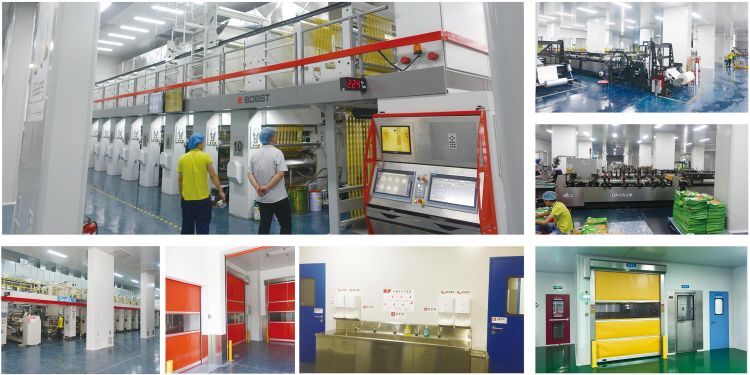Cleanroom Clean Engineering: The Key to Quality Control in Manufacturing
- 2024-02-01
- View 12
In the world of manufacturing, quality control is everything. From the pharmaceutical industry to electronics and aerospace engineering, companies rely on precision and accuracy to meet their customers' demands. One of the most important tools in achieving this is the cleanroom Clean engineering is a concept that emphasizes the importance of maintaining a clean and controlled environment in manufacturing facilities. In this article, we will explore the world of cleanroom clean engineering, its benefits, and how it is achieved.

What is a Cleanroom?
A cleanroom is a controlled environment in which the concentration of airborne particles, temperature, humidity, and other factors are kept within a specified range. It is designed to minimize the introduction, generation, and retention of particles inside the facility Cleanrooms are used in a variety of industries, such as electronics, pharmaceuticals, and biotechnology.
Types of Cleanrooms
There are several types of cleanrooms, and their classification is based on the level of cleanliness required for the processes performed inside.
Class 1: The highest level of cleanroom, designed for the most sensitive processes.
Class 10: Designed for the production of semiconductors and other electronic components.
Class 100: Used in the production of pharmaceuticals and medical devices.
Class 1000: Used in the production of less sensitive electronics and medical devices.
Class 10,000: Used in the production of cosmetics, food products, and other consumer goods.
What is Clean Engineering?
Clean engineering is the practice of designing and operating facilities to maintain a clean environment for the manufacturing processes. It involves using specialized materials, processes, and equipment to minimize contamination and maximize efficiency. Clean engineering is essential in industries where even the smallest particles can cause significant damage to the final product.
Benefits of Clean Engineering
Clean engineering offers several benefits, including:
Quality Control: Clean engineering ensures that the manufacturing process is carried out in a controlled environment, minimizing the risk of contamination and ensuring the quality of the final product.
Efficiency: Clean engineering optimizes the manufacturing process, reducing the time and resources required to produce the final product.
Compliance: In regulated industries, such as pharmaceuticals and biotechnology, clean engineering is essential to comply with regulations and ensure the safety of the final product.
How is Cleanroom Clean Engineering Achieved?
Cleanroom clean engineering is achieved through a combination of design, equipment, and processes. Some of the key factors involved in achieving cleanroom clean engineering are:
Design
Cleanroom design is critical in achieving a controlled environment. It involves creating a layout that minimizes the movement of particles and creates a positive pressure environment. A positive pressure environment prevents the entry of particles from outside the cleanroom and ensures that any particles generated inside are expelled.
Equipment
Cleanroom equipment is designed to minimize the generation and retention of particles. This includes specialized HVAC systems, air filters, and air showers that remove particles from personnel before entering the cleanroom.
Processes
Cleanroom processes are designed to minimize the generation and retention of particles. This includes using specialized materials and tools, and following strict procedures for entering and exiting the cleanroom.
FAQs
What industries use cleanrooms?
Cleanrooms are used in industries such as electronics, pharmaceuticals, biotechnology, and aerospace engineering.
What is the purpose of a cleanroom?
The purpose of a cleanroom is to maintain a controlled environment with minimal contamination to ensure the quality of the final product.
What are the different types of cleanrooms?
There are several types of cleanrooms, including Class 1, Class 10, Class 100, Class 1000, and Class 10,000, with each class having a different level of cleanliness.
What is clean engineering?
Clean engineering is the practice of designing and operating facilities to maintain a clean environment for the manufacturing processes, minimizing contamination and maximizing efficiency.
What are the benefits of clean engineering?
Clean engineering offers several benefits, including quality control, efficiency, and compliance with regulations.
Conclusion
Clean engineering offers several benefits, including quality control, efficiency, and compliance with regulations.
In conclusion, cleanroom clean engineering is a crucial aspect of manufacturing processes that ensures quality control and compliance with regulations. Clean engineering is achieved through a combination of design, equipment, and processes, with the goal of maintaining a clean environment for manufacturing. The benefits of clean engineering include quality control, efficiency, and compliance with regulations, making it an essential component of industries that require high precision and accuracy in their products. With the proper implementation of clean engineering, manufacturers can ensure the quality of their products and maintain their reputation in the industry.
